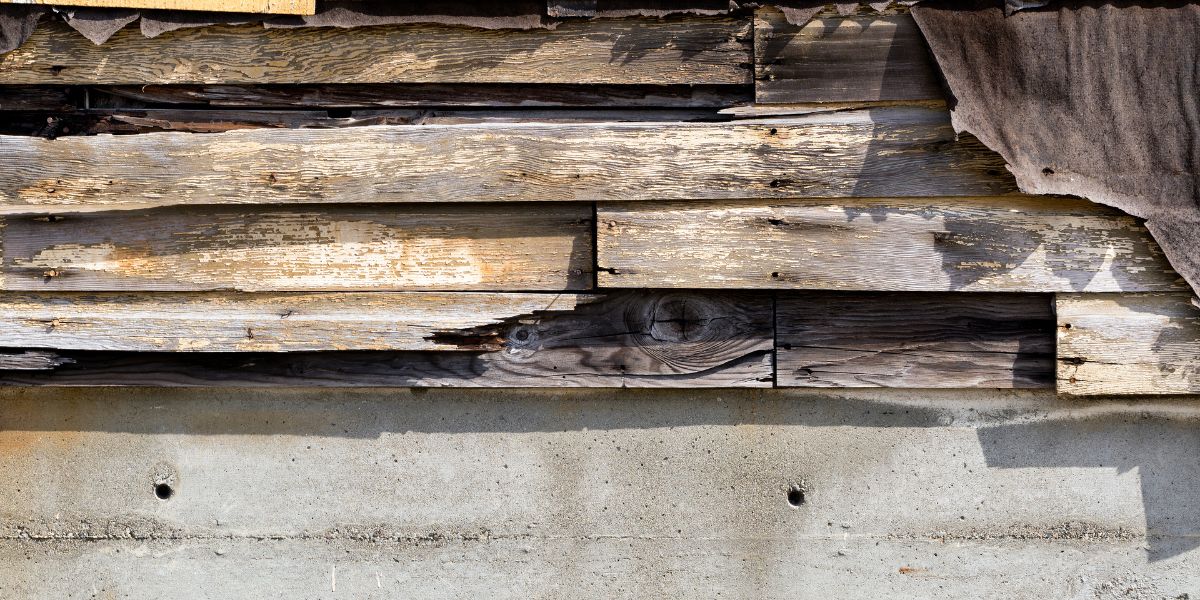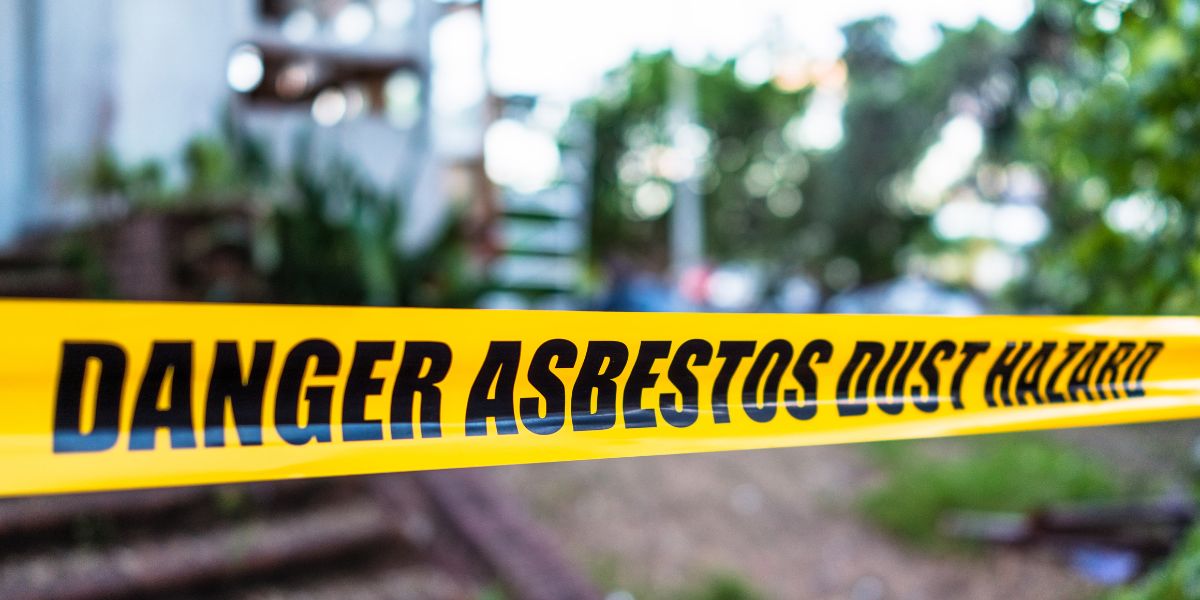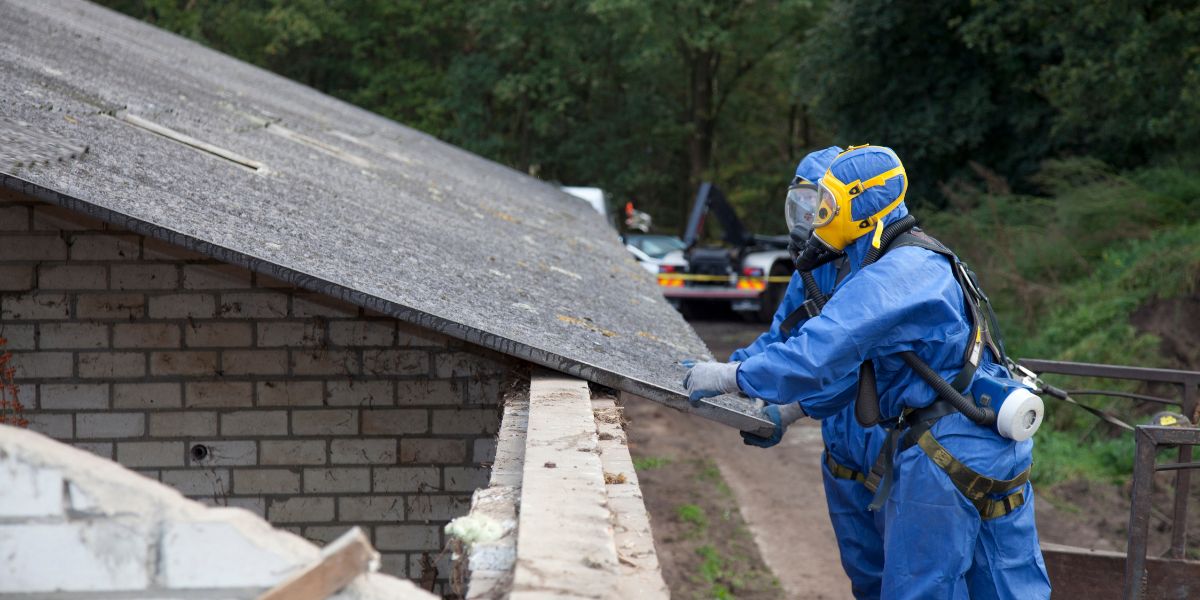Once celebrated for its resilience and fire resistance, asbestos siding now stands as a silent hazard, prompting careful recognition and management. Its appearance holds key cues for identification, often presenting as a rigid, textured material reminiscent of conventional siding, yet bearing distinct characteristics. Asbestos removal requires meticulous planning and execution by trained professionals to ensure the safe containment, removal, and disposal of hazardous asbestos-containing materials, adhering to strict safety protocols and regulatory guidelines.

Appearance and Visual Cues
Asbestos siding can vary significantly in texture and color, providing both challenges and opportunities for identification. While it typically exhibits a textured surface resembling wood grain or stippling, some variations may have a smoother appearance, particularly in more modern installations. This diversity underscores the importance of comprehensive visual assessment coupled with other identification methods.
In addition to texture, color serves as an initial indicator of potential asbestos siding. While grayish or off-white hues are common, variations exist, ranging from light beige to darker shades. However, color alone isn’t a definitive sign, as non-asbestos siding materials may share similar coloration.
Beyond texture and color, the siding’s structure offers further clues. Asbestos siding tends to be firm and rigid, with a solid, durable construction designed to withstand weathering and external forces. This structural integrity, often enhanced by a cement-like appearance, distinguishes it from less robust siding alternatives.
Key Identifiers of Asbestos Siding
Distinguishing asbestos siding involves recognizing specific identifiers beyond its appearance. A critical aspect is the composition of fine, densely packed fibers, imparting a fibrous quality upon close inspection. While other materials may exhibit fibrous characteristics, asbestos fibers tend to be finer and more tightly packed, contributing to their distinctive appearance.
Weathering over time can also provide valuable insights into the siding’s composition. Older asbestos siding may show signs of surface erosion or discoloration, reflecting the effects of prolonged exposure to environmental elements. These weathering patterns, while subtle, can help differentiate asbestos siding from newer alternatives with more uniform appearances.
Additionally, some asbestos siding products may bear manufacturing marks or labels indicating their composition. However, reliance solely on these markings isn’t advisable, as they may be absent or obscured due to wear and tear or subsequent renovations.

Risks and Health Concerns
Understanding the risks associated with asbestos siding is paramount for safeguarding health and well-being. Disturbing asbestos siding can release microscopic fibers into the air, posing severe health risks upon inhalation. These risks include respiratory ailments such as asbestosis, lung cancer, and mesothelioma, with symptoms often manifesting years or even decades after exposure.
Furthermore, improper handling and disposal of asbestos siding can contribute to environmental contamination, with long-term repercussions for air and soil quality. The durable nature of asbestos fibers exacerbates these environmental concerns, as they can persist in the environment indefinitely, posing risks to both human health and ecological integrity.
Safe Handling and Removal
Given the dangers posed by asbestos siding, safe handling and removal are imperative. Professional assessment by certified inspectors experienced in asbestos detection is essential to confirm its presence accurately. If asbestos siding is identified, removal should be conducted by licensed asbestos abatement contractors trained in safe practices and equipped with specialized tools and equipment.
During removal operations, workers must adhere to stringent safety protocols to minimize the risk of fiber release and exposure. This includes wearing appropriate personal protective equipment (PPE), such as respirators, coveralls, and gloves, as well as implementing containment measures to prevent the spread of asbestos fibers to adjacent areas.
Proper disposal of asbestos siding is equally critical to prevent further health and environmental risks. Disposal should be carried out in accordance with local regulations at authorized facilities capable of handling hazardous materials safely. Post-removal clearance testing, comprising air monitoring and meticulous inspections, verifies the efficacy of removal efforts before reoccupation, ensuring the safety of occupants and the environment.
Community Awareness and Education
In addition to safe handling and removal practices, community awareness and education play vital roles in addressing the risks associated with asbestos siding. Informing homeowners, contractors, and the general public about the dangers of asbestos exposure, proper identification methods, and safe disposal procedures can help prevent inadvertent exposure and mitigate health and environmental risks.
By fostering a culture of awareness and responsibility, communities can work together to create safer living environments for present and future generations. This includes supporting initiatives aimed at raising awareness of asbestos hazards, providing resources for homeowners and contractors, and advocating for robust regulations to govern the handling and disposal of asbestos-containing materials.

FAQ
How Much Does Asbestos Siding Removal Cost?
The cost of asbestos siding removal varies depending on factors such as the size of the project, extent of contamination, location of asbestos-containing materials, and specific removal methods required. An on-site assessment by qualified professionals is necessary for accurate cost estimation.
Can I Remove Asbestos Siding Myself?
It is not advisable to remove asbestos siding yourself. Asbestos removal requires meticulous planning and execution by trained professionals to ensure safe containment, removal, and disposal of hazardous materials while adhering to strict safety protocols and regulatory guidelines.
What Are The Risks of Improper Asbestos Siding Removal?
Improper asbestos siding removal can lead to the release of asbestos fibers into the air, posing health risks to occupants and workers. Additionally, improper disposal can contribute to environmental contamination, with long-term repercussions for air and soil quality. It is essential to hire licensed professionals for safe removal and disposal.
Final Thoughts
For those concerned about the presence of asbestos siding in their homes or workplaces, take proactive steps today. Contact First and Last Restoration, your trusted partner in asbestos detection, removal, and safe disposal. Our team of certified professionals specializes in safeguarding your well-being and creating healthier living environments. Don’t wait until it’s too late—reach out to us now for a comprehensive assessment and peace of mind. Trust First and Last Restoration to lead the way in ensuring the safety of you and your loved ones.
























